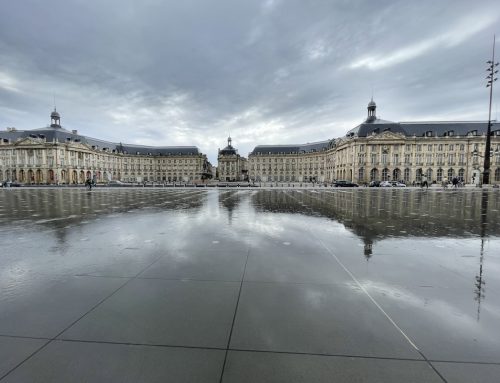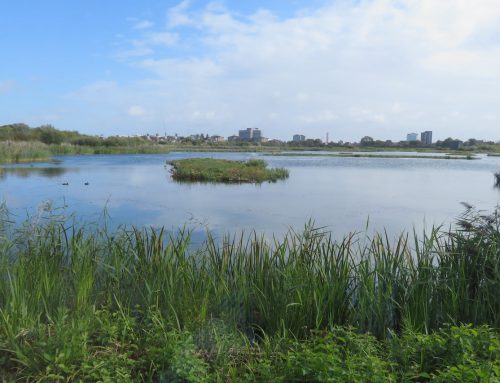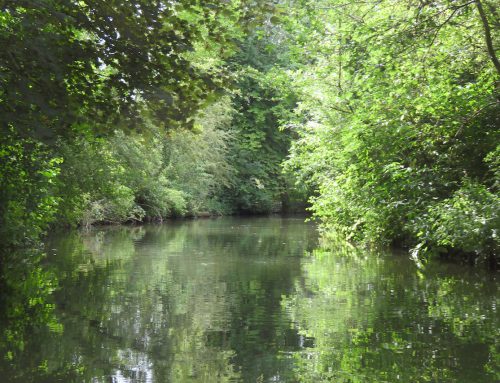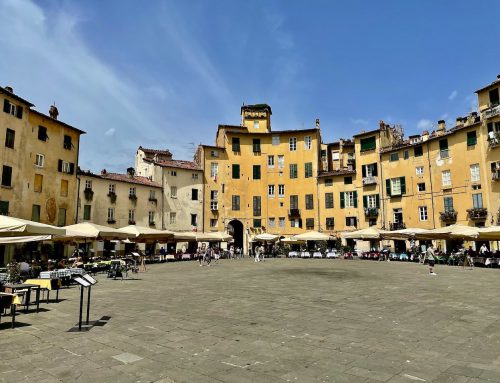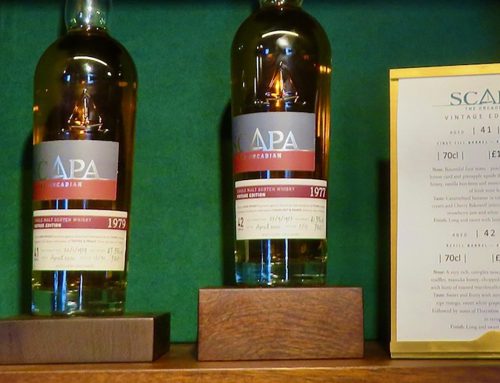Staithes – village of mystery
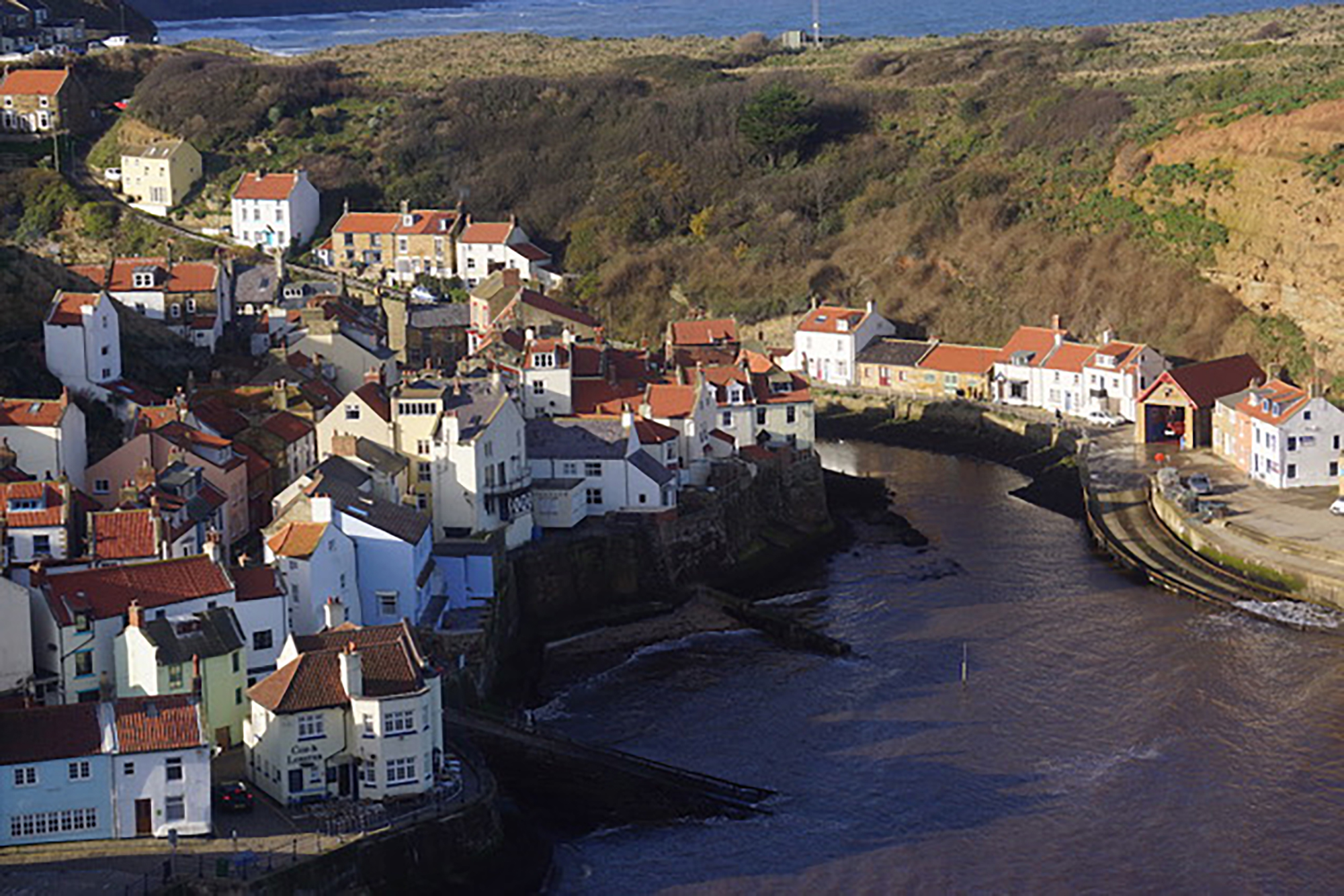
Staithes village - tucked out of sight on the North Sea coast

Staithes village - tucked out of sight on the North Sea coast
Staithes, North Yorkshire, United Kingdom
On the face of it, Staithes should be wonderful, an ideal visitor’s location. A fishing village tucked away on the North Sea coast, at the topmost tip of the North Yorkshire Moors. Beautiful colours, seagulls crying, a sheltered harbour, haphazardly stacked lobster pots, and the distant chug-chug of a vessel’s engine. Tiny Staithes, with its population of barely 1200, is another word for relaxation, somewhere it is difficult to feel stress.
This is the home of the coble fishing boat, the Staithes bonnet for ladies, serious art and, of course, Captain Cook. This famous Englishman, who mapped Newfoundland and circumnavigated New Zealand, reached his untimely end aged 50 years, face down in the Hawaiian surf when stabbed by the locals. When 17 years’ old, James Cook was resident in Staithes for less than two years as a grocer’s apprentice, although it was in the village that he developed his longing for the sea.
A Staithes local, Bill Hinchley, had offered to guide me, and no better choice could I have made. Generations of his family had lived in the village for over 500 years and I discovered within moments that he was a walking encyclopaedia. Facts and history came pouring from him without any form of prompting.
“Staithes is more than about relaxation,” he said, as we took our first steps on the village’s High Street. “It shows how society has changed. The bank has become a private residence, a bakery is an art gallery, and a chapel is now the museum.” We walked on, me nodding and out of breath, as I tried to keep up. Bill was six years my senior.
Staithes has certainly transformed thanks to so-called progress. Once there were eight pubs, now there are three, and the fishing fleet of 80 vessels has shrunk to a handful. Shops are rapidly disappearing while 80% of buildings are now second homes. Upmarket sports cars patrol the cobbled streets, and the few remaining locals - yackers they call them - talk about times past. They banter over pints each evening and tell how the newcomers, or spaws, have changed the face of this once fisherman-dominated village.
The yackers largely migrated to the top of the town, or left altogether, thanks to a 1960s supply of council housing. They were happy to do so at the time, as by the waterside the houses are damp, the streets are dark, and sometimes so narrow that only the thinnest can pass down them. Try Dog Loup, which at 45 centimetres wide is the narrowest street in England’s north, possibly in the country. Time was the children would use the passageway as a means of escape from the then portly village policeman.
Authority has long played a part in Staithes’ life, especially in the 18th- and 19th-century era of smuggling. Tea was a favoured item with a taxation rate that could make grown men weep, but there was rum, brandy, and other objects, too. If it was taxed or forbidden, it could be trafficked. Enter the smuggler, with Staithes a much-used landing spot, the contraband being moved onward under the very nose of the Preventive Forces. The ladies were especially good at smuggling. It is difficult to see how the Preventives were not on the take, despite secret signs and tunnels, hiding places under flagstones, and a myriad of tricks and ruses.
There has been life in Staithes since prehistory, with discoveries of 10,000-year-old flint tools, 5000-year-old ritual monuments, 3000-year-old crop enclosures and buttons made more recently from jet, the local stone. Jet comes from wood that has changed under extreme pressure and jet black is now a description used worldwide. Staithes is also fossil Heaven. As the sandstone cliffs crumble thanks to a relentless onslaught from the North Sea, so signs of life 200 million years ago emerge. Ammonites by the hundred, other fossils by the dozen, and sea-going dinosaurs on occasion. Staithes forms part of what some call the Dinosaur Coast.
There is mystery, too. The Anglo-Saxon Princess buried nearby, the 17th-Century tidal wave that demolished 20 houses, and the headless body found on a neighbouring beach, stark naked apart from sock and boot. The corpse was never identified. Folklore also has it that two mermaids were once caught by accident. They immediately cursed the village and the place has never recovered.
The village has also had its fair share of war and misery, as its war memorial shows. In 1916, a German U-Boat came near to shore and sank three Staithes’ fishing vessels without the loss of a single life from either side. The submarine never used its torpedoes, its sailors taking a sledgehammer to the fishing-boats’ hulls instead, delivering the 11 Staithes’ crew safely to shore some time later. In the Second World War, many aircraft crashed near the village while sea mines smacked regularly against the coastal rocks and exploded. In more recent times, this modern era of illegal immigration, yackers tell of the speedy motor launch that arrived in Staithes Harbour at the dead of night, stayed for ten minutes and then vanished back to sea. Something mysterious was happening.
To those who believe and those who do not, Staithes has plenty of ghosts. As I followed Bill’s confident pace and slightly greying red hair, the stories continued flowing from him. We stood before the scratched wooden door of the former Fisherman’s Institute on the High Street, now a private house, and I listened to him speak.
“Sometimes you can smell ancient pipe smoke,” he said. “It comes and goes without warning.”
As he spoke, I felt something cold creep across my shoulders. There were spots in Staithes where I felt definitely uneasy. Phantoms? Maybe. There is the ghost-like baby in the grand house to one side of the village’s Coffin Route, or the young girl who walks the clifftop, save she treads where the path once was 100 years ago, before the cliffs eroded. Or, the couple seen by a beach fisherman as he was casting his line. He saw them behind him before he cast, looked round the moment bait hit water, but the couple had vanished. Another Staithes dilemma.
Nothing escapes a local’s attention in Staithes. A visitor is instantly spotted, however inconspicuous they may feel. A cobble loosens, a window cracks, a gutter leaks, a dog bites, and within moments Staithes is talking. The commonest topic is the lifeboat, a focus of pride for the village.
Out goes the boat, day or night, often into a turbulent sea, and until it returns the focus of village conversation is if the crew is safe and whether their efforts have ended happily. During a marine emergency, try any of the village’s teashops, restaurants and pubs, overhear locals chatting outside doorways, and the topic is clear. Has the rescue been successful?
“Did you hear the helicopter last night?” asked a woman in the village’s Cod and Lobster pub as I stirred my coffee at a window table. It was some time mid-morning.
“What helicopter?” I queried.
“Missing fisherman,” she replied. “The boat went out, and a helicopter. They were searching until morning.” She spoke like a yacker.
I had slept through everything, even the helicopter hovering 200 feet overhead. I had been dead to the world.
“Any luck?” I probed.
“Still missing,” she observed, looking at me closely. “Another statistic in the making.”
Then she shrugged, turned to a colleague beside her and within moments they were talking of lifeboats, sea spray and landslides. What did I know? After all, I was just a visitor, could never be a yacker, and the place was a village of mystery. Yet I had met Staithes’ Bill Hinchley.
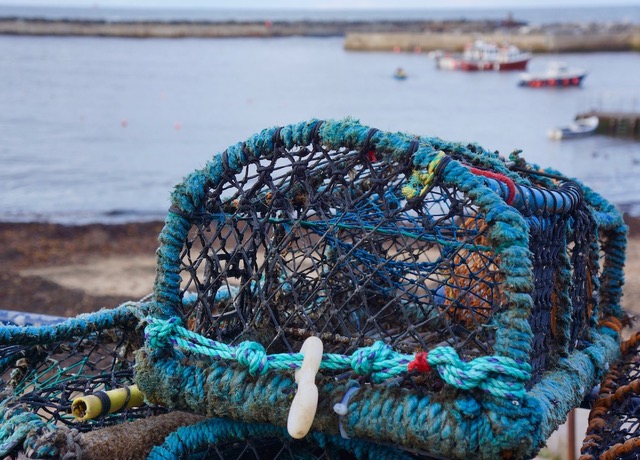
Lobster pots are everywhere in Staithes
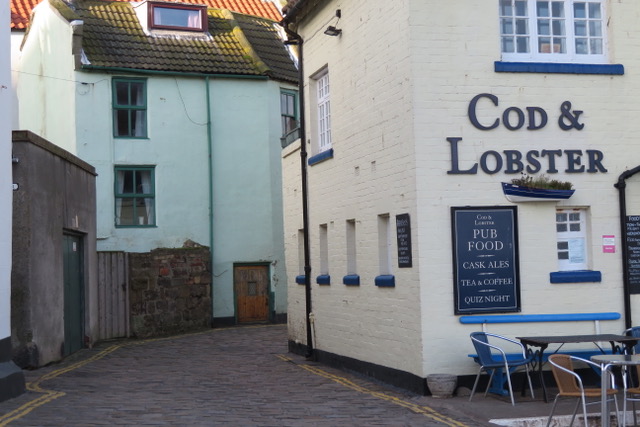
The Cod and Lobster, where yackers can be found
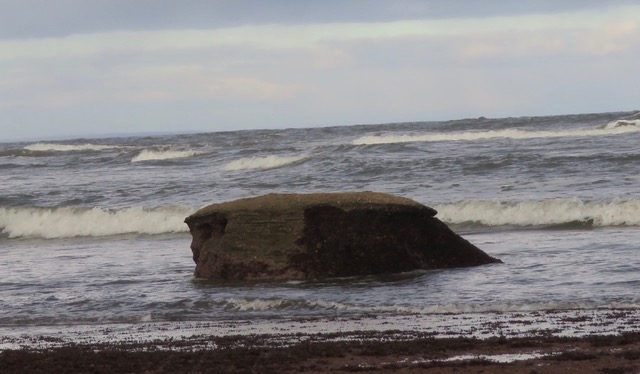
The rock where mermaids sit
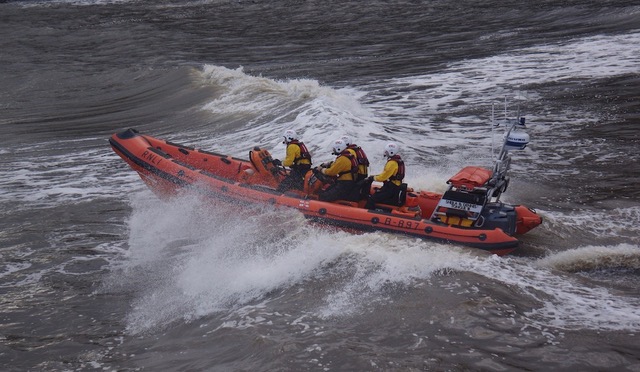
Staithes' lifeboat heads out to sea


